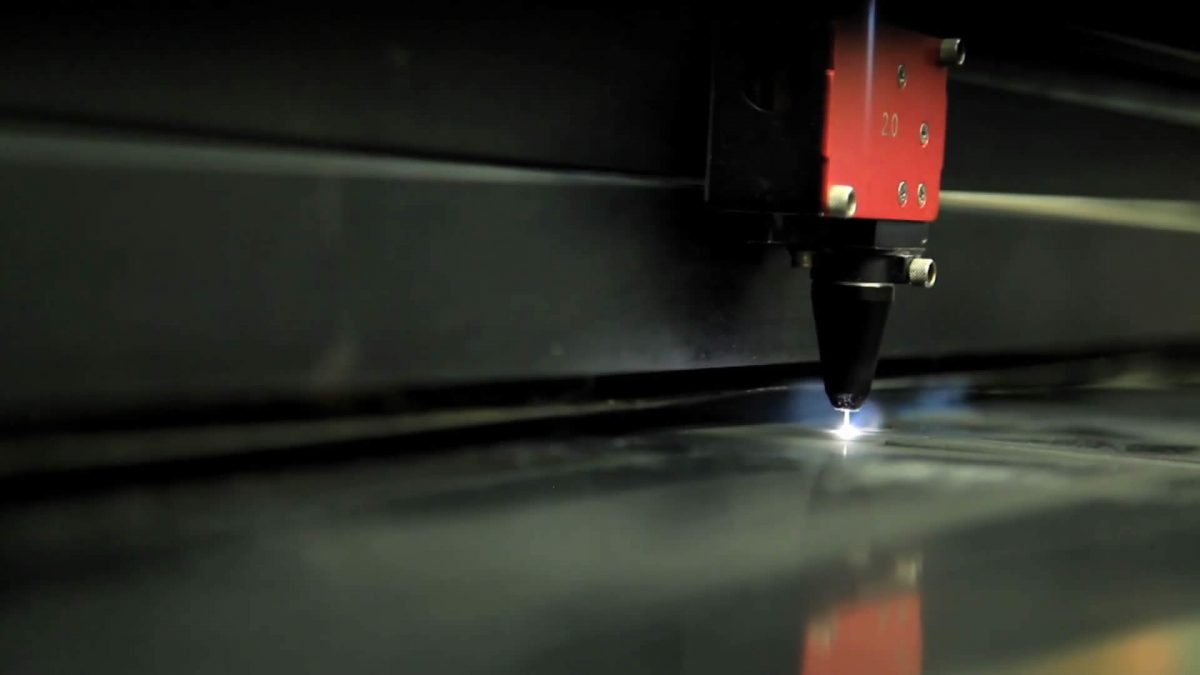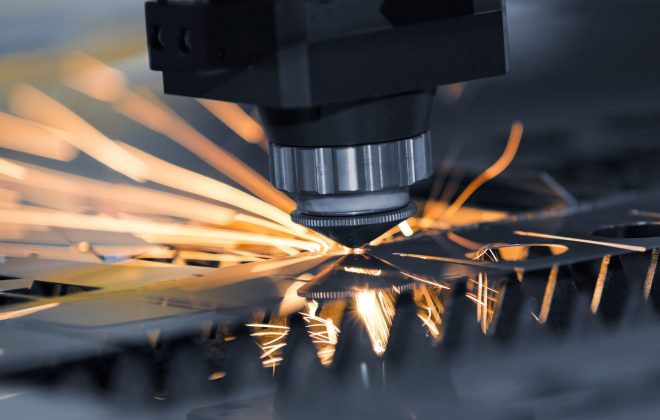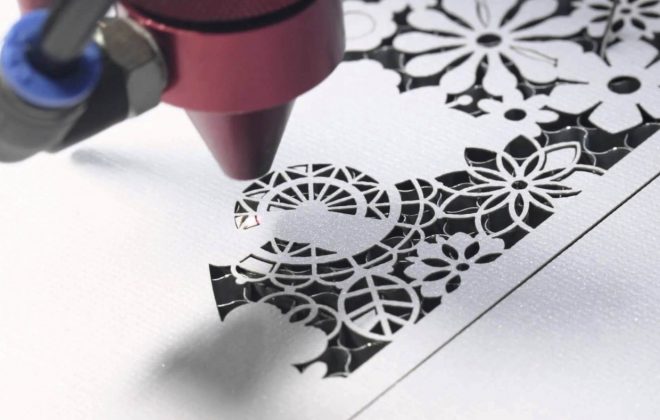A guide for finding the right laser cutting machine
For most manufacturers, buying an industrial laser cutting machine is a major investment. It’s not just the initial price you pay, but the fact that the purchase will have a great impact on the entire manufacturing process. If the wrong equipment is chosen, you have to live with the decision for quite a long time. It is not unusual to see manufacturers keep a laser for seven to 10 years.
Do you know the best way to go about purchasing a laser cutting machine? Even if you currently own one, how long ago did you buy it, and what has changed since then?
This guide should help you in making a capital purchase decision that will drive your manufacturing operations to new heights.
What’s the Application?
Perhaps the real question is, “Should I even be buying a laser cutting machine?” For many reasons, investing in a different cutting system may make more sense for a company’s manufacturing activities. Investigating all available options can minimize any possible regrets in the future.
Depending on the part volume, a stamping press may deliver the lowest cost per part. When speaking of metal forming in a press, however, you also are talking about the need to invest in tooling. Stamping also presents the ability to perform multiple tasks, such as forming and tapping, as part of the production process.
A traditional turret punch press can cut out holes and shapes economically, but, again, it involves tooling. A punching machine also can’t match the production speeds of laser cutting machines. As with a stamping press, some forming can be done on the punch press.
A high-definition plasma system is good for thick materials and for applications in which the edge quality isn’t critical. An abrasive waterjet also is good for thick materials and for applications in which the metal can’t have a heat-affected zone, which is a problem with most thermal cutting methods. Both plasma and waterjet cutting systems cost less than laser cutting machines, but many times do not match the laser’s cutting speed. Of course, plasma cutting and waterjet systems can boost productivity with the use of multiple heads and the ability to cut stacked blanks; the application obviously would influence what exactly you need.




